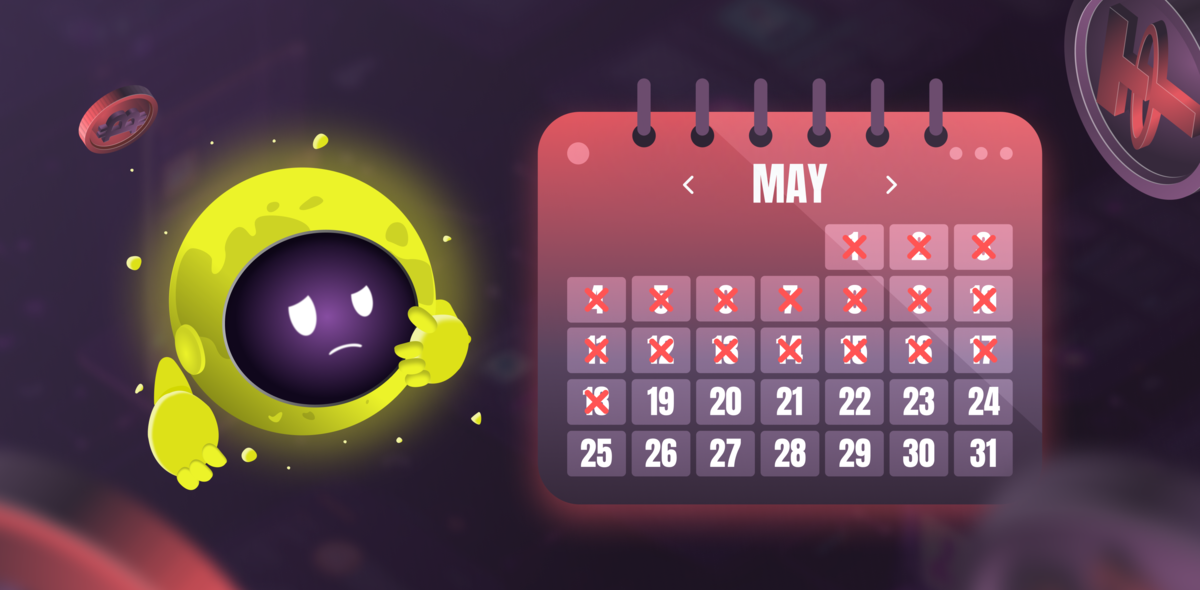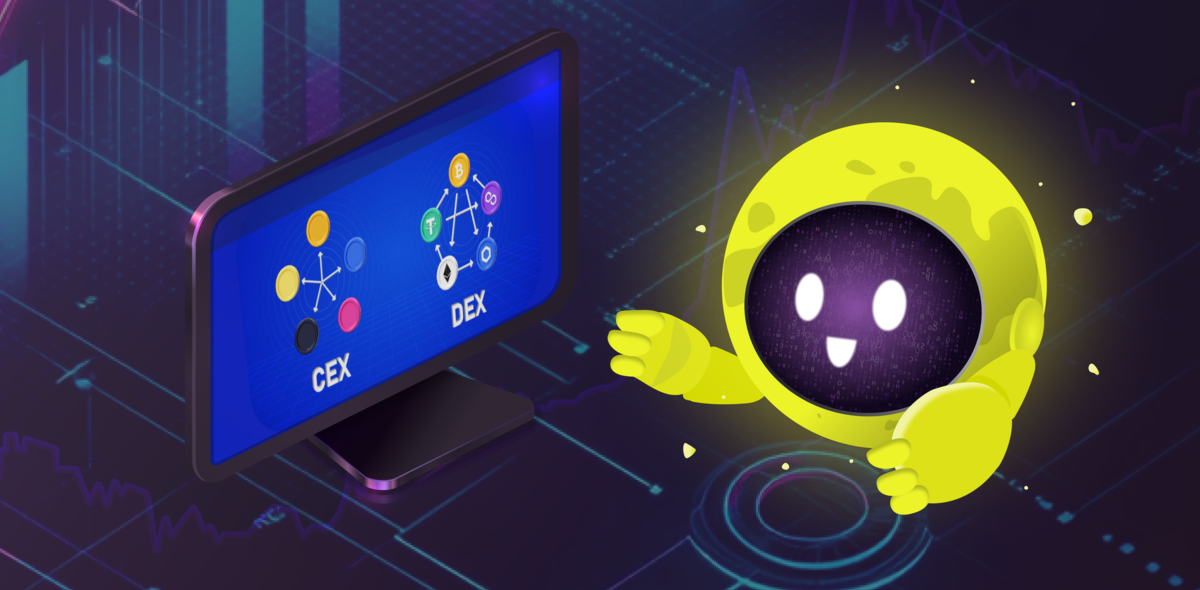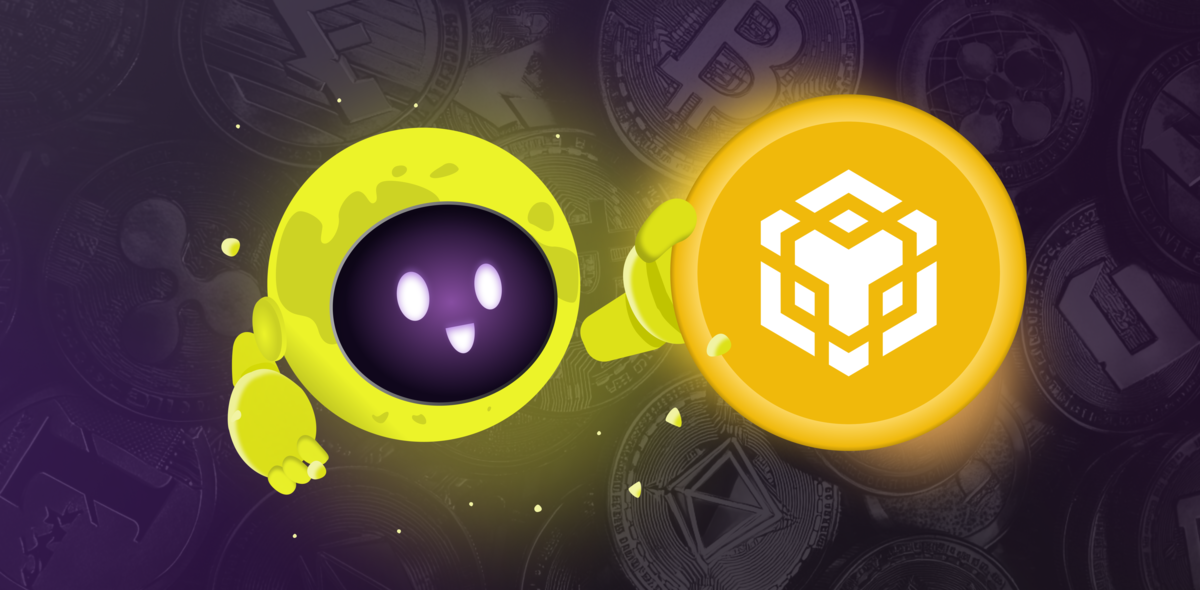
To understand the cryptocurrency industry, you should know what crypto exchange is. They play a dominant role in the industry as they are the place where one currency is exchanged for another. Millions of users across the globe exchange cryptocurrency on a daily basis for other people’s currencies. Crypto exchanges are the places that facilitate these exchanges. You deposit your funds on their platform and search for the available trading pairs that go with your deposited crypto. If you choose to buy Bitcoin, you’re lucky. There are hundreds of different Bitcoin trading pairs on every single exchange. The less popular your token is, the fewer trading pairs there are available. These days, the most popular exchanges are Binance, Okex, and Bitfinex with smaller exchanges like KuCoin starting to rise. To get started on an exchange, you usually have to complete a certain process of registration. Some exchanges require nothing more than an email address and a password, where others require you to complete the KYC/AML (this stands for Know Your Customer/Anti Money Laundering procedures). You have to submit your personal documents to verify your identity before being able to use the cryptocurrency exchange. After completion of the process, all that’s left is depositing funds, and you can start trading cryptocurrency. And that’s where it gets tricky. With thousands of options, how do you know which cryptocurrency to buy? Experienced traders base their decision on two factors:
- Technical analysis
- Fundamental analysis
These are both two complex manners of analyzing a project. The technical part is easily explained as pulling up the graph with historical data of the cryptocurrency price associated with the project and performing analysis on this. With the help of indicators like the RSI, Fibonacci, or specific patterns in the candlesticks you can spot what the price trend is. Are we in a bullish trend, so we’re going up, or are we in a bearish trend, we are going down. The fundamental part goes down to analyzing the project in-depth based on the company’s core. How experienced is the team, is the company profitable, what does the roadmap look like, and many other factors you can judge a company on. All of these factors together make up for the decision traders make.
What are the drawbacks of using a cryptocurrency exchange?
You might wonder, why wouldn’t I use an exchange for cryptocurrency trading? It seems like the perfect place to go whenever I want to exchange my currencies. In one way you’re right, but there are dangers. The biggest danger is the fact that exchanges are mostly custodial. Once you deposit your funds, they own your funds and not you. In case of a security breach, a hacker can get a hold of your precious funds. In the past few years, hackers managed to hack billions of dollars worth of cryptocurrencies from the most popular exchanges. Always remember: not your keys, not your coins.As an alternative to these centralized exchanges, you can use instant non-custodial services like SwapSpace. There, you can exchange cryptocurrency instantly for hundreds of other coins without the coins ever leaving your personal crypto wallet. You hold complete control of your funds at all times. Plus, you don’t even have to create an account. We keep it as simple as it gets. You want to exchange your funds, not handle all the documentation and volatile markets? We’ll do that for you!




